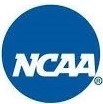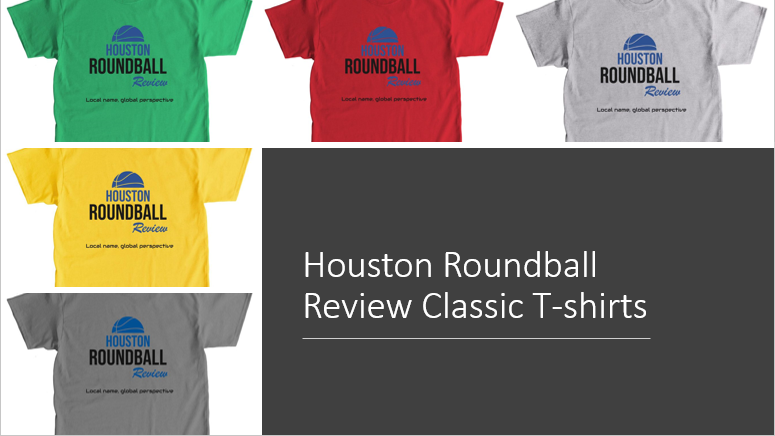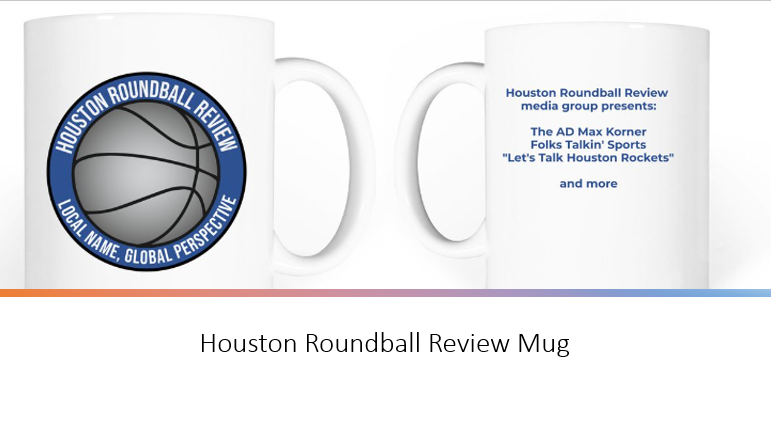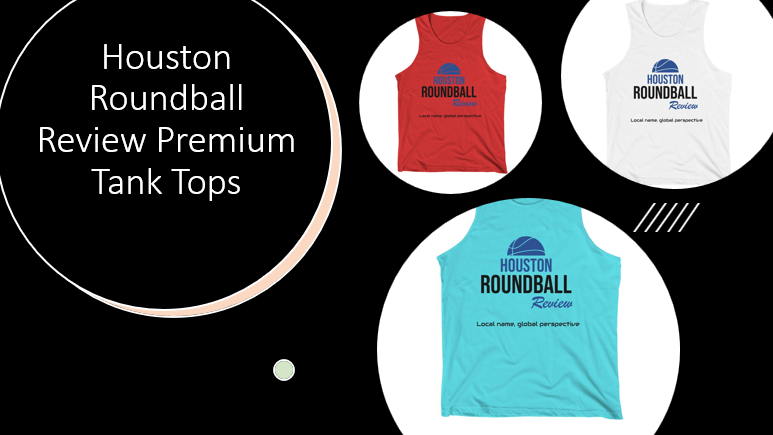Contact Kris Gardner for details pertaining to advertising on the website; the blogs; and / or the podcasts.
Get the Disney Bundle. Movies, Shows, & Sports
NCAA releases health and safety guidelines for college basketball

POSTED: September 25, 2020 -- 5:57 p.m. CT
The NCAA Sport Science Institute, in partnership with the NCAA COVID-19 Medical Advisory Group, has released the Core Principles of Resocialization of Collegiate Basketball, its latest set of health and safety guidelines focused on COVID-19 and the first set of guidelines concentrated on basketball.
The guidelines include updates on testing, travel considerations, and access to the court and bench areas. They were presented to and supported by the NCAA Board of Governors on Friday.
"This basketball resocialization guidance is based on the best information available in a rapidly changing COVID-19 environment." said NCAA President Mark Emmert. "It is predicated on the assumption that rapid testing capabilities will be readily available later this year. We will constantly assess emerging information as we prepare for the start of the basketball season at the end of November."
The guidelines suggest testing three times per week on non-consecutive days throughout the season, including for officials, as well as the logistics of appropriately distancing Tier 1 individuals (student-athletes and essential personnel who are in regular proximity to them) from other essential personnel during games.
"The guidelines reflect recommendations from collaboration with the NCAA COVID-19 Medical Advisory Group, which features representatives from across the membership," said NCAA Chief Medical Officer Brian Hainline. "We will continue to work with them and others from the Association in safeguarding student-athlete well-being."
SUPPORT The Houston Roundball Review:
Shop at Fanatics.com via this link;
Get ESPN+ via this link;
Save when you get the Disney bundle (ESPN+, Disney+ and Hulu) with this link;
OR, contribute via PayPal or the Cash App.
The NCAA COVID-19 Medical Advisory Group includes team physicians, infectious disease and public policy experts; representatives from the membership; and representatives from the NCAA COVID-19 Advisory Panel, National Athletic Trainers' Association, American Medical Society for Sports Medicine, National Medical Association, Autonomy 5 Medical Advisory Group, and NCAA Committee on Competitive Safeguards and Medical Aspects of Sports.
Basketball student-athletes and all athletics staff personnel who interact with the athletes should be appropriately educated about and actively participate in mitigation of COVID-19 infection through proper behavior at all times. Time away from athletics, especially social events, may be riskier than sport; therefore, all basketball athletes and staff should be vigilant at all times.
Training and competing in basketball require frequent, sustained close contact among players, coaching and other essential staff, and officials in an indoor setting. Schools are encouraged to proactively define those individuals who constitute the “inner bubble” (Tier 1), which includes student-athletes and essential basketball personnel whose job function requires direct access to players on a regular basis, specifically close contact (6 feet or less) for 15 minutes or more, as per CDC guidance. Tier 1 individuals may differ from school to school (for example, some coaches maintain physical distancing at all times and therefore are not part of Tier 1). Tier 1 individuals are considered to be at higher risk of becoming infected with COVID-19 if any other individual in the group is contagious and masking/physical distancing has not been maintained. The situation is further compounded because the nature of basketball makes it challenging to train in functional units (as described in the Resocialization Standards).
A typical basketball team has 15 players, all of whom typically train on a single basketball court at the same time in an enclosed space. Generally speaking, it is expected that the total number of Tier 1 individuals within a team would approximate 25-30. If any Tier 1 individual becomes infected, schools should consider quarantining the entire team, including coaching staff and other essential personnel who are part of Tier 1, for 14 days, provided determinations around who must be quarantined are ultimately the jurisdiction of applicable public health officials. At present, there is not a recommendation for consideration of testing out of quarantine.
Preseason
Based on the basketball start-of-season model adopted by the Division I Council, the preseason period begins October 14 and ends November 24. During the preseason, it is anticipated that physical distancing and masking will be compromised. However, if there are no scrimmages with outside teams, student-athletes and other Tier 1 individuals will not be interacting with individuals outside the member school environment during practice. Based on this expectation, testing should be considered weekly for all Tier 1 individuals during this time. This is consistent with the Resocialization Standards. If scrimmages occur with outside schools, then the testing protocol for the regular season and postseason should be considered.
Regular-Season and Postseason Competition
Based on the basketball start-of-season model adopted by the Division I Council, the regular season begins November 25. Because of the frequency of games and travel, coupled with the risk of infection in basketball, it is suggested that COVID-19 testing occur three times per week on nonconsecutive days for Tier 1 individuals during the regular season and postseason competition periods. It is suggested that the three-time-a-week testing begin one week before the first competition.
Even though some tests may be less sensitive and more prone to false negative results than others (for example, antigen vs. lab-based PCR), the frequency of testing decreases considerably the mathematical odds of the same individual obtaining a false negative test repeatedly. However, because false positive tests are more likely to occur in asymptomatic populations, schools may want to consider performing a confirmatory PCR test with any asymptomatic individual who tests positive.
As identified in the Resocialization Standards publication, game officials should be considered Tier 1 individuals during the regular season and postseason such that the same frequency of testing would be suggested for them. Schools should arrange for testing paradigms that make the most sense locally.
Membership is encouraged to work closely with school and conference medical and operations personnel to proactively identify and arrange for necessary testing paradigms that can be adequately supported through available school, local and conference resources.
SUPPORT The Houston Roundball Review:
Shop at Fanatics.com via this link;
Get ESPN+ via this link;
Save when you get the Disney bundle (ESPN+, Disney+ and Hulu) with this link;
OR, contribute via PayPal or the Cash App.
Practice Without Competition
For schools that are holding basketball practice but are not competing against other schools, it is suggested that testing be performed as per the preseason recommendations.
Travel Considerations
Schools should continue to evaluate the current data regarding the risks and considerations identified in the Resocialization Standards related to commercial plane and other travel. These considerations include, among others, travel protocols that maximize the opportunity for physical distancing and call for universal masking for all individuals traveling; the availability of alternative travel by private car, van, chartered bus or chartered plane; proper communication of all travel rules, protocols and expectations to everyone in the travel party; prepackaged meals, room service, takeout and outdoor dining options as alternatives to inside restaurant dining; and, when feasible, traveling and playing on the same day to avoid overnight stays. In addition, schools should consider restricting the size of travel parties as much as possible, ideally requiring they are not greater than 30 individuals. Many states still have in place quarantine protocols that make travel impractical. Therefore, state and local guidelines must be considered before any anticipated travel for competition.
Considerations for Symptomatic Management During Travel
Schools should consider management strategies for student-athletes and other essential basketball personnel who travel for competition and become symptomatic after departure. Traveling teams should consider confirming, ahead of time, whether host schools have adequate on-site testing capabilities to address symptomatic athletes from either team and adequate health care resources to properly isolate and care for anyone who tests positive or is symptomatic. The traveling team also should consider, ahead of time, necessary arrangements for proper return transport of infected, isolated and quarantined student-athletes and personnel, in each case in accordance with applicable state and local public health requirements.
For more information on the NCAA's response to the COVID-19 pandemic, visit ncaa.org/covid-19.
CLICK HERE for more NCAAW news and info.
Official Merchandise
Houston Roundball Review Merch
HBCUs gear
Houston Cougars gear
Rice Owls gear
Texas A&M Aggies gear
Texas Longhorns gear
Houston Rockets gear



